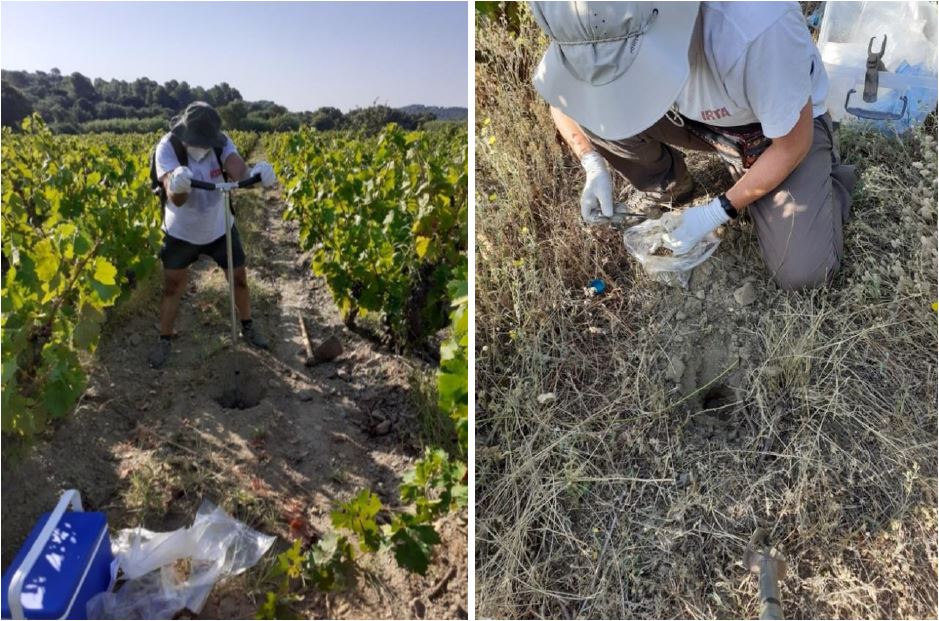
Key Factors Behind Climate Change
It is widely recognized that human activities are the primary drivers of recent climate change. Our practices, especially the combustion of fossil fuels and the transformation of forests into agricultural land, have continuously contributed to the increase in global temperatures. Since the onset of the Industrial Revolution, humans have progressively relied on fossil fuels such as coal, oil, and natural gas, while converting extensive areas of forests into farmland and urban developments. These practices emit substantial amounts of greenhouse gases (GHGs) into the atmosphere, predominantly carbon dioxide (CO2). CO2 is the foremost greenhouse gas resultant from human activities, and it persists in the atmosphere for extended periods, making it a crucial factor in climate change.
The phrase “greenhouse gas” describes gases that retain heat in the Earth’s atmosphere, akin to how a greenhouse holds warmth to support plant life. Thus, the buildup of CO2, methane, nitrous oxide, and other GHGs leads to global warming—the rise in average global temperatures. Carbon dioxide lingers in the atmosphere for hundreds to thousands of years, ensuring its effects endure across generations. While certain substances, like aerosols, may induce brief cooling effects, these are significantly outweighed by the long-term warming attributed to carbon emissions. Accordingly, human-generated CO2 emissions have emerged as the principal element propelling climate change.
Understanding Climate Change
Climate change represents the prolonged alteration of temperature, weather patterns, and other atmospheric conditions on Earth. Although climate shifts have happened naturally throughout Earth’s existence, contemporary climate change is unique due to its swift pace and predominantly human-based causes. It encompasses variations in average climatic parameters (such as global temperatures) along with an uptick in extreme occurrences like droughts, floods, and storms. Climate change involves not only gradual warming but also heightened variability and unpredictability associated with it.
Essentially, the Earth’s climate is governed by the interplay between incoming solar radiation and outgoing heat energy. Any sustained imbalance – for instance, resulting from increased concentrations of greenhouse gases that trap more heat – leads to a climatic shift. Both natural phenomena and human actions affect this balance, but human activities in the industrial era have significantly disrupted it. Additionally, natural elements like oceanic and atmospheric circulation patterns can introduce fluctuations over shorter periods but do not primarily drive the long-term global climate change evident today.
Natural Influences on Climate Change
Several natural factors have influenced climate change over millions of years. These include volcanic eruptions, variations in solar radiation, and changes in the Earth’s orbit around the Sun. Volcanic eruptions can release significant amounts of aerosols and gases into the atmosphere, temporarily cooling the planet by reflecting sunlight away from the surface. Likewise, changes in solar radiation, such as variations in sunlight intensity, can produce short-term effects on the Earth’s climate.
However, these natural influences typically operate over extended timescales compared to the swift changes observed today. For example, the cooling effects of volcanic eruptions last only a few years, and solar fluctuations in the past century have been minimal compared to the rapid warming driven by human activities. In light of the immense release of human-induced greenhouse gases, natural factors have played a much lesser role in contemporary climate change.
Human Contributions to Climate Change
Human activities are undoubtedly the most substantial cause of modern climate change. Two main actions account for the majority of the anthropogenic (human-caused) warming: the combustion of fossil fuels and land-use changes, including deforestation. Both factors contribute significant amounts of CO2 and other GHGs to the atmosphere.
The burning of fossil fuels entails extracting and utilizing carbon-rich resources like coal, oil, and natural gas, which are essential for powering industries, transportation, and electricity production. This combustion process produces large volumes of CO2, which greatly contributes to the greenhouse effect. Over the last 150 years, humans have consumed vast quantities of fossil fuels, fundamentally altering the natural carbon balance in the atmosphere. Presently, the concentration of atmospheric CO2 has reached its highest levels in at least 800,000 years.
Def